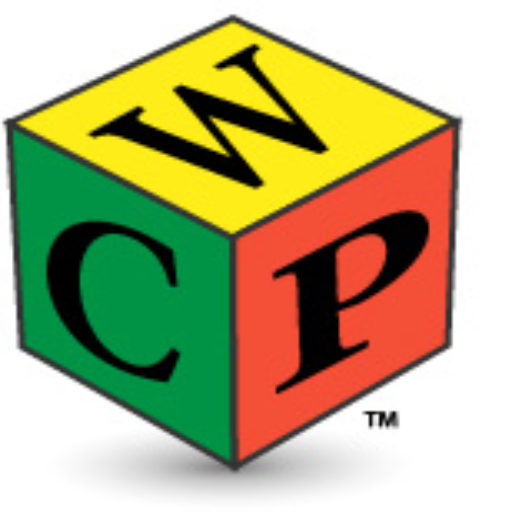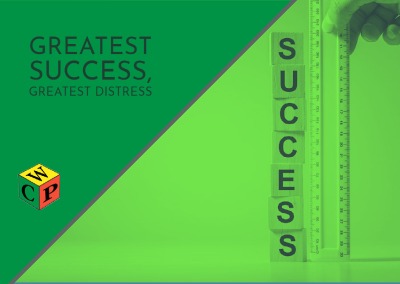It is entirely up to you how often you employ your self assessments. If you are actively engaged in personal growth and development, and I hope you are, I would recommend the following schedule: The Gentle Self Assessment (Nelson’s Autobiography in 5 Short Chapters) every three to six months; Existing-Living-Thriving at least weekly; Thought-Mind Continuum daily until you stay in the present at least 50% of the time, then reduce to weekly.
The final installment, at least for now, in the realm of self awareness is plotting your greatest success and your greatest distress on a daily or weekly basis. Daily at first might be good practice but weekly should suffice after you have internalized the concept.
Early in my career the first questions I would ask clients after they sat down and got settled were, “So, how was your week? How have you been?”. Occasionally I got back positive, upbeat responses but usually it was some form of vague, generalized awfulizing. “It was horrible.” “Worst week of my life.” “I’m so sick of all this!” Sometimes it was nothing more than sounds of disgust or frustration, pain and sadness.
My heart would well up and I would scoot to the edge of my chair and lean in towards them and inquire as to what made it so awful. Again, some could answer very specifically but most would say some irritated or dejected form of “I don’t know. It just was.” As a novice therapist I would press for something concrete so that I had something to ‘fix’. Because therapy is all about the therapist feeling competent, right? Er, no. Wrong!
I needed an approach that would elicit a more substantive response. Not because I needed something to fix but because my client needed…… perspective. A manageable life requires perspective. So I started playing with the concepts of greatest success and greatest failure. And quickly ditched the word failure for obvious reasons.
While the Existing-Living-Thriving continuum assesses mood or being states, I needed something to help my clients put their life events or actions into perspective on a daily or weekly basis. And the Greatest Success-Greatest Distress continuum was born.

At first I would get multiple distressful answers and the insistence that there was not a success. That is actually not possible. Over the course of a week there may not have been an astounding success nor a traumatic distress but there is always something that defines each side of the continuum. And if there were multiple successes and multiple distresses you must decide which of each was the greatest. It is all about perspective. Plotting this on a visual continuum can help you see that perhaps that “horrible” week wasn’t so awful after all; or that there was a traumatic event but there was also a significantly good event to balance it. Here are some examples to get you started:
“I landed my dream job and passed a huge kidney stone,” would likely look like this:

“I said no when my fourteen year old son told me at 9:00pm that he needed me to take him to get poster board for a project that he has known about for two weeks that was due the next morning and the cat peed on my bed”, might look like this:

But it could also look different for someone else. Someone who doesn’t struggle with saying no and setting boundaries but who suffers from significant OCD cleanliness issues:

Our experiences are relative to our individual personalities and challenges. There will be a full article in the near future about the following statement but I feel the need to say it here and now:
You cannot measure yourself by someone else’s yardstick!
Yet you do need to take the measure of yourself often. Honest self assessment is critical to self understanding, self care, personal growth and healthy interpersonal relationships.
And it sets the stage for creating a well-curated coping skills toolbox. You cannot know what skills you require if you do not have a clue as to where you stand or what you most need to address.

